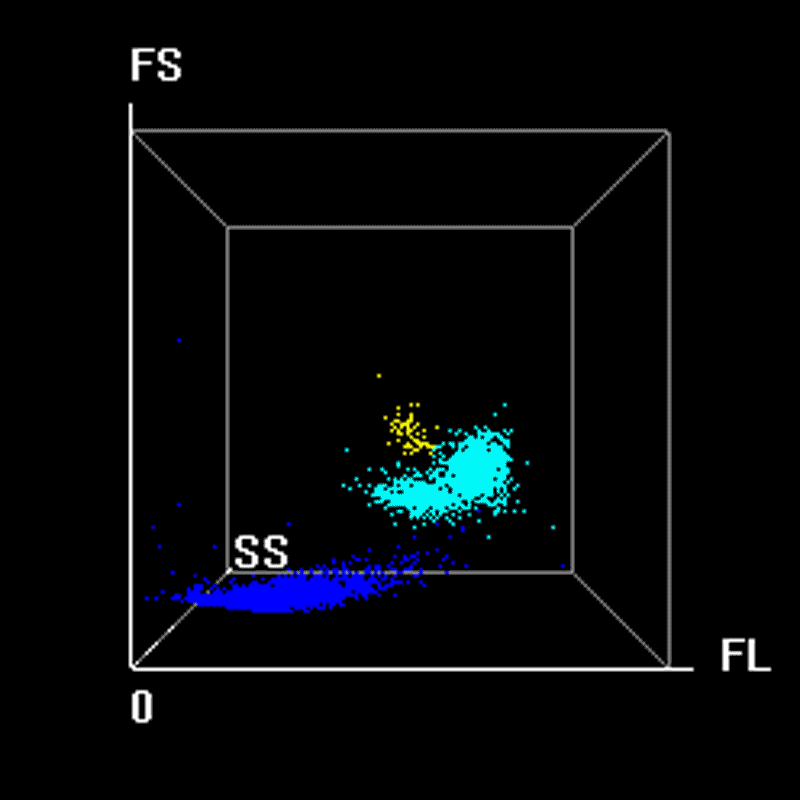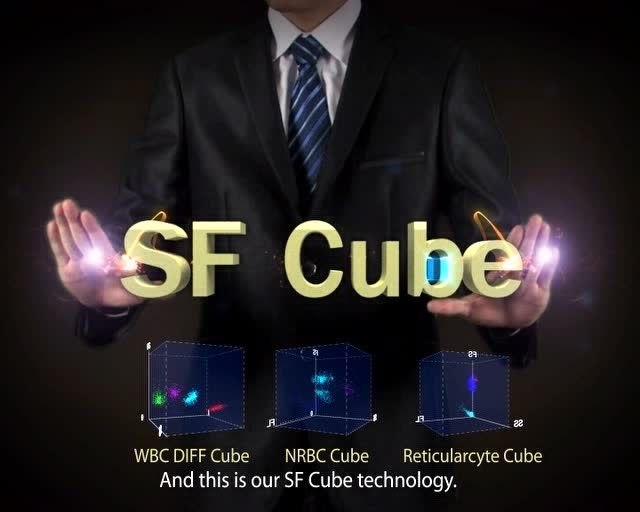
\r\n
Comprehensive Insights Beyond Routine Results
\r\nThe Mindray BC-6000 Series goes beyond the conventional by offering not only dependable routine CBC and White Blood Cell (WBC) 5-Diff results but also a range of clinically valuable parameters. This expanded functionality is made possible through Mindray's groundbreaking SF Cube cellular analysis technology, setting a new standard for comprehensive blood cell analysis.
\r\n
In the ever-evolving landscape of laboratories, the demand for reliable Complete Blood Count (CBC) with 5-part differentials has never been more critical. Beyond the basics, laboratories now seek hematology analyzers that not only ensure accurate routine results but also provide additional parameters like Reticulocytes, Immature Granulocytes, and Nucleated Red Blood Cells (NRBCs) with efficient flagging. Leveraging over two decades of expertise in hematology diagnostics, Mindray has introduced the BC-6000 Series Auto Hematology Analyzers, equipped with cutting-edge SF Cube cellular analysis technology, ushering in a new era of clinical value for laboratories.
Comprehensive Insights Beyond Routine Results
The Mindray BC-6000 Series goes beyond the conventional by offering not only dependable routine CBC and White Blood Cell (WBC) 5-Diff results but also a range of clinically valuable parameters. This expanded functionality is made possible through Mindray's groundbreaking SF Cube cellular analysis technology, setting a new standard for comprehensive blood cell analysis.
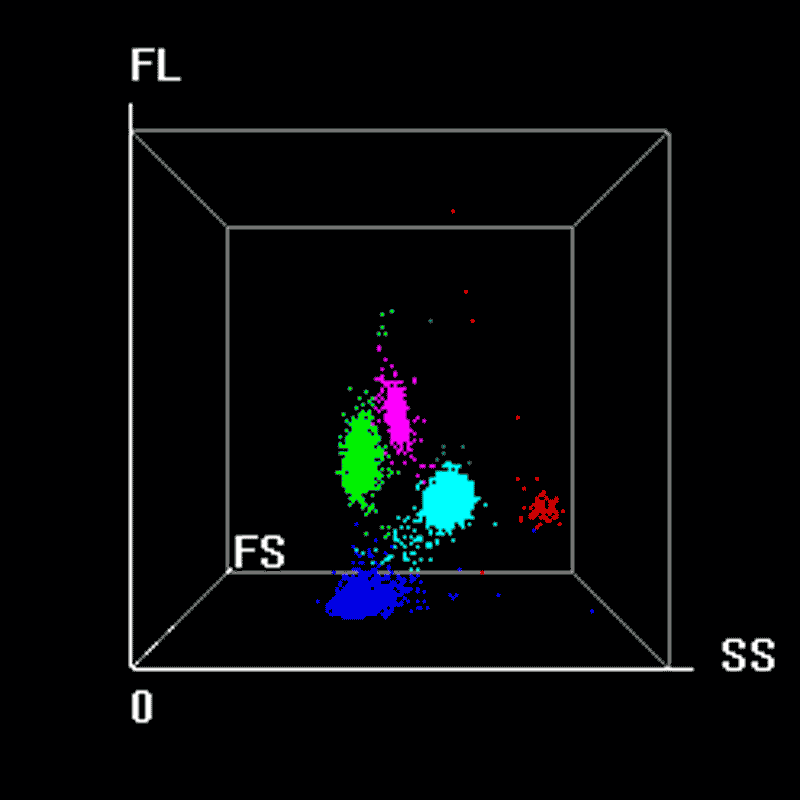
SF Cube is a revolutionary technology in blood cell analysis, focusing on Reticulocytes, NRBCs, and WBC 5-Diff counts while effectively flagging abnormal cells such as Atypical Lymphocytes, Blast Cells, RBC Fragments, and Lipid Particles. The technology's name, SF Cube, reflects its unique approach, involving 3D analysis through tri-angular Laser Scatter Signals and Fluorescence.
\r\n
SF Cube Technology Unveiled
SF Cube is a revolutionary technology in blood cell analysis, focusing on Reticulocytes, NRBCs, and WBC 5-Diff counts while effectively flagging abnormal cells such as Atypical Lymphocytes, Blast Cells, RBC Fragments, and Lipid Particles. The technology's name, SF Cube, reflects its unique approach, involving 3D analysis through tri-angular Laser Scatter Signals and Fluorescence.
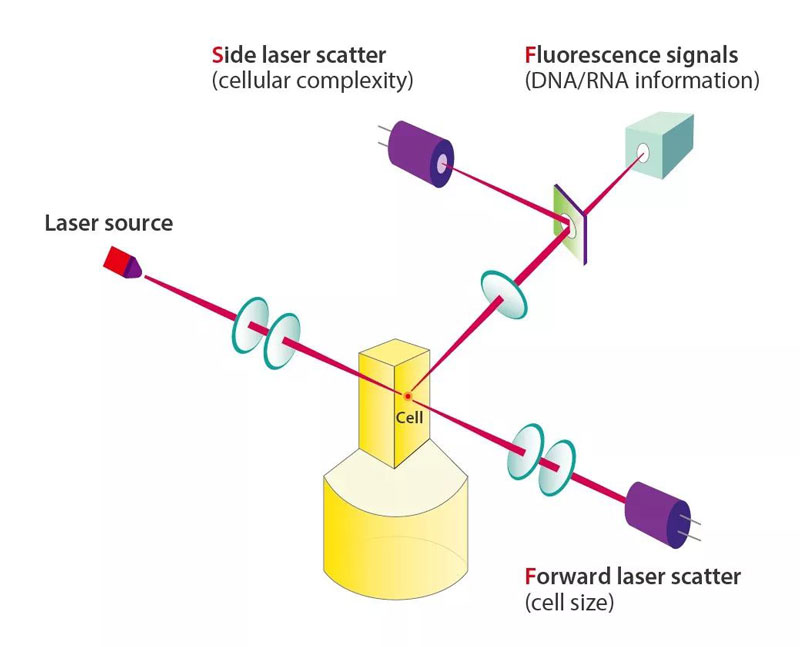
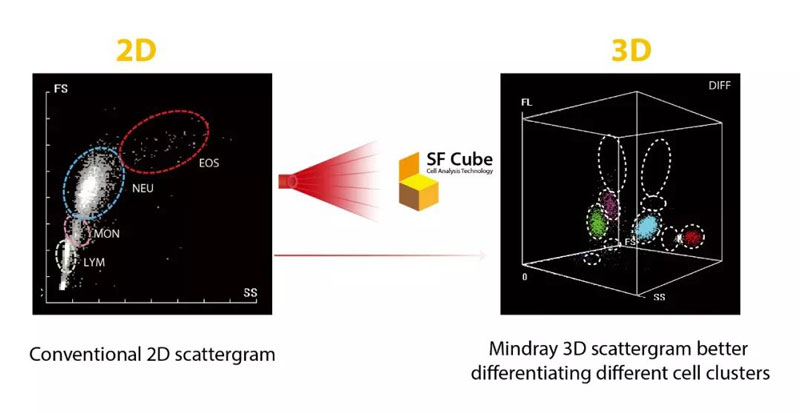
Through interaction with reagents, target cells undergo 3D analysis, producing scattergrams that encapsulate cellular information such as size, complexity, and DNA/RNA details. This three-dimensional perspective enables clinical experts to identify and differentiate cell populations, especially detecting abnormal clusters that might go unnoticed with other technologies.
\r\n
The 3D Advantage
Through interaction with reagents, target cells undergo 3D analysis, producing scattergrams that encapsulate cellular information such as size, complexity, and DNA/RNA details. This three-dimensional perspective enables clinical experts to identify and differentiate cell populations, especially detecting abnormal clusters that might go unnoticed with other technologies.
This series of case studies delves into the application of Mindray's SF Cube technology in achieving precise WBC count. The BC-6000 Series Auto Hematology Analyzers utilize SF Cube to generate WBCs, NRBCs, and Basophils results in the WNB channel, eliminating the need for extra reagents or additional costs.
\r\n
Unlocking the Potential SF Cube - Accurate WBC Count
This series of case studies delves into the application of Mindray's SF Cube technology in achieving precise WBC count. The BC-6000 Series Auto Hematology Analyzers utilize SF Cube to generate WBCs, NRBCs, and Basophils results in the WNB channel, eliminating the need for extra reagents or additional costs.

Automated identification and accurate counting of NRBCs hold immense clinical significance. Misclassification of NRBCs by traditional hematology analyzers, due to their similarity in size and nucleus to lymphocytes, can lead to incorrect total lymphocyte and WBC counts. Moreover, the presence of NRBCs in blood samples, except in fetus or newborn babies, is associated with hematopoietic diseases.
\r\n"}}" id="text-7f24da0cad" class="8f00b2 cmp-text">Significance of NRBC Count
Automated identification and accurate counting of NRBCs hold immense clinical significance. Misclassification of NRBCs by traditional hematology analyzers, due to their similarity in size and nucleus to lymphocytes, can lead to incorrect total lymphocyte and WBC counts. Moreover, the presence of NRBCs in blood samples, except in fetus or newborn babies, is associated with hematopoietic diseases.
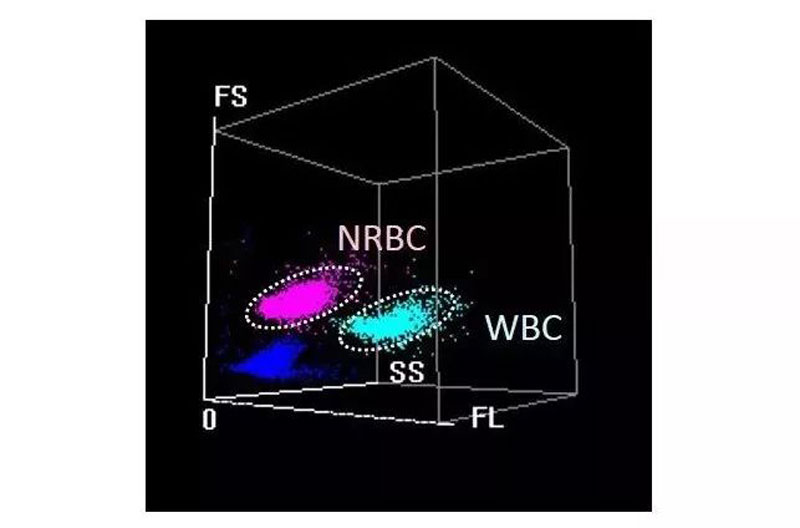
In the WNB channel, the BC-6000 Series employs an advanced algorithm to capture dynamic particle swarm, crucial for measuring samples with high NRBCs. Fluorescent dyes stain the RNA of NRBCs, distinguishing them from WBCs in the FL direction. This not only ensures a more accurate WBC count but aids in diagnosing hemolytic anemia and monitoring hematopoietic diseases, minimizing the need for manual review.
\r\n"}}" id="text-5b8dc05f69" class="8f00b2 cmp-text">Advanced Algorithm for Precision
In the WNB channel, the BC-6000 Series employs an advanced algorithm to capture dynamic particle swarm, crucial for measuring samples with high NRBCs. Fluorescent dyes stain the RNA of NRBCs, distinguishing them from WBCs in the FL direction. This not only ensures a more accurate WBC count but aids in diagnosing hemolytic anemia and monitoring hematopoietic diseases, minimizing the need for manual review.
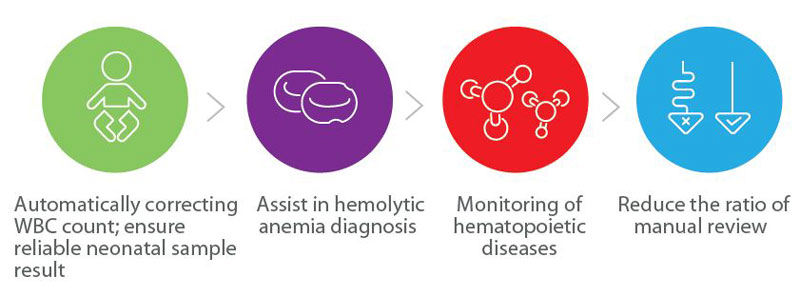
The SF Cube technology, combined with 3D analysis in the WNB channel, effectively avoids interference from abnormal cells and other clusters. The differentiation between Basophils, Immature Granulocytes, and Atypical Lymphocytes is enhanced through a combination of size, laser scattering signals, and fluorescence intensity.
\r\n
Avoiding Interference with 3D Analysis
The SF Cube technology, combined with 3D analysis in the WNB channel, effectively avoids interference from abnormal cells and other clusters. The differentiation between Basophils, Immature Granulocytes, and Atypical Lymphocytes is enhanced through a combination of size, laser scattering signals, and fluorescence intensity.
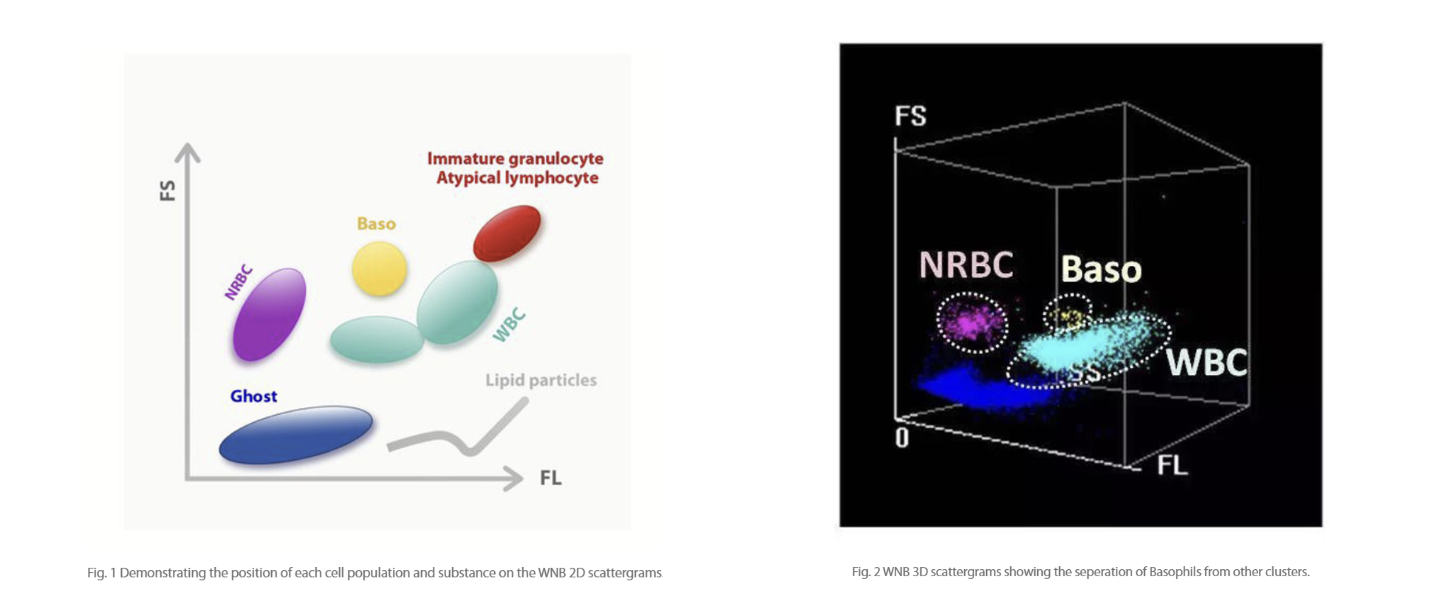
The "magic" lies in SF Cube technology’s ability to accurately separate and identify various blood cell populations, contributing to the diagnosis of diseases such as anemia. Mindray's SF Cube technology emerged as a beacon of innovation, revolutionizing hematology and paving the way for more precise and insightful blood cell analysis in the medical field.
\r\n
Ensuring Precision in Results
The "magic" lies in SF Cube technology’s ability to accurately separate and identify various blood cell populations, contributing to the diagnosis of diseases such as anemia. Mindray's SF Cube technology emerged as a beacon of innovation, revolutionizing hematology and paving the way for more precise and insightful blood cell analysis in the medical field.
